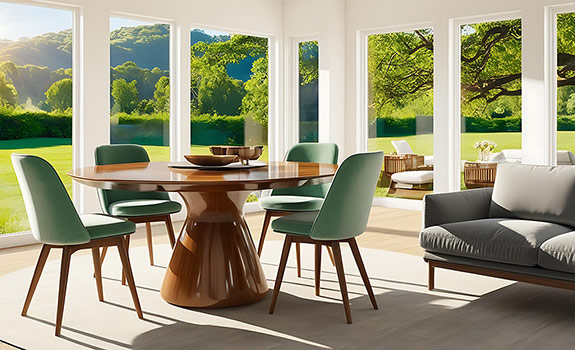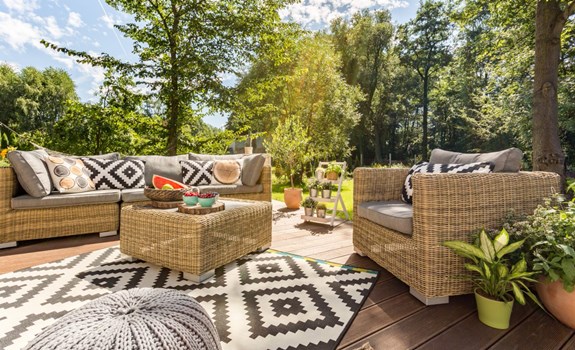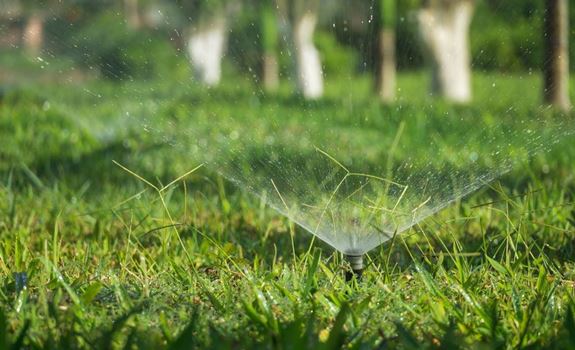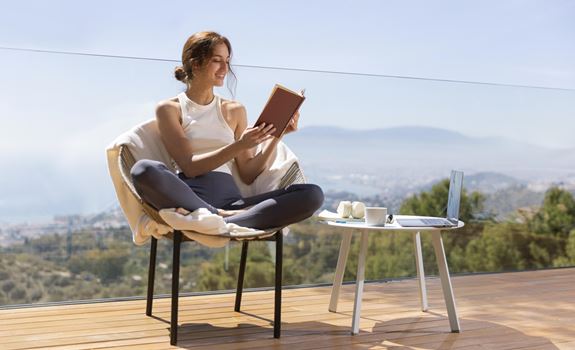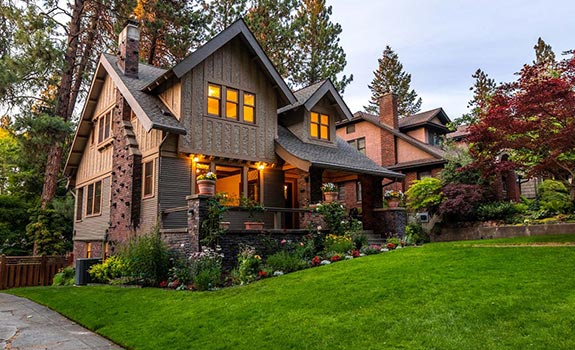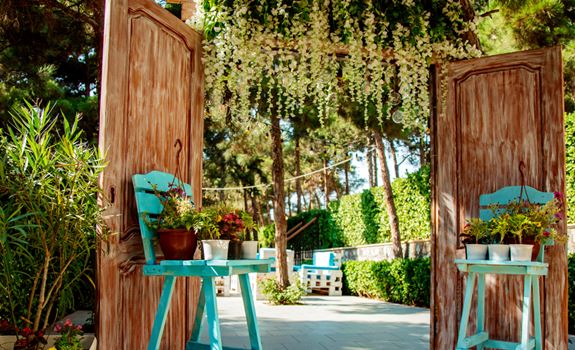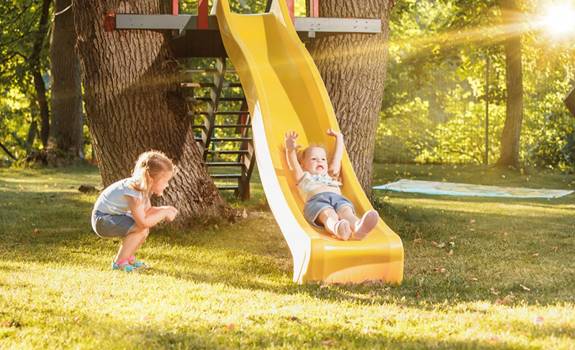Designing a patio effectively is crucial, as gardens are now expected to serve multiple purposes. They should be lively social spaces for dining and entertainment while also offering tranquil spots for personal reflection and unwinding from daily pressures.
Achieving this harmony in your outdoor space requires thoughtful planning. Selecting the ideal spot is a key initial task when crafting a patio; a location that receives optimal light during specific hours yet remains conveniently close to the house or well-equipped to meet all your requirements. Here is how to choose the perfect patio design for your home.
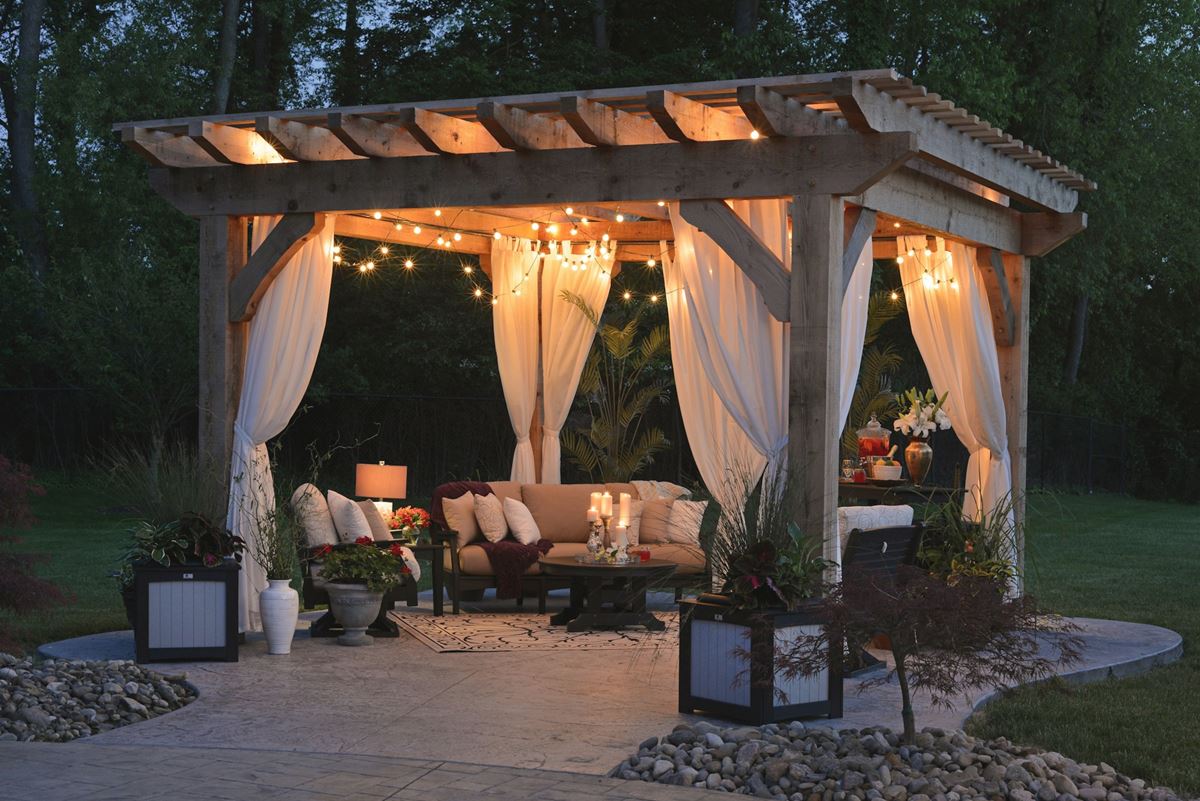
Economical Wood Versus Luxury Wood
Cost-effective woods may be susceptible to warping, shrinking, and pest infestation. Research published in the USDA AgResearch Magazine indicates that termites prefer pine and spruce wood over teak wood, which they find less appealing. Investing in premium woods such as teak or ipe can significantly prolong the lifespan of your deck, ensuring it remains strong and aesthetically pleasing for 20 to 30 years when properly maintained.
Define the Layout
When dealing with a large outdoor area or aiming to make the most of a small space, thoughtful planning guarantees functionality and comfort. Consider the size of the area compared to your furniture and the quantity of pieces you intend to incorporate. An excess of furniture or items that are too large can create a crowded and chaotic patio. When uncertain, opt for simplicity to prevent overcrowding the space. Get DIY patio covers to add shade and protect your outdoor furniture from harsh weather.
Limit the Color Choices to Highlight the Scenery
If you own an outdoor area with stunning vistas and wish to make the most of this opportunity, a key suggestion is to narrow down the color scheme and opt for patio furniture that is subtly styled. Seek furniture in harmonious tones that complement rather than compete with the surroundings, ensuring the focus remains on the landscape.
Restricting the color choices and opting for furniture within a cohesive color range can create a tranquil ambiance. To achieve this serene atmosphere on your patio, avoid bold, attention-grabbing pieces and choose items that blend seamlessly together.
Location
This might be evident, the main patio is adjacent to the kitchen. However, for a more expansive patio, you might also desire access from the garage. Additionally, you might contemplate a secluded patio in a different area of your yard for purposes like creating a meditation space or installing a fire pit. Explore your property to identify the ideal location for a secondary patio. If your yard has inclines, factor this into your planning. You may need to include stairs or retaining walls in your patio design.
Select the Ideal Seating Choice
The ideal patio seating is vital for creating an inviting gathering space with friends or family. Opting for versatile, low-profile, and modular seating, like an L-shaped sofa with a chaise, offers fantastic comfort and adaptability as patio furniture.
These features allow you to unwind and relax, making it an excellent choice for enjoying quality time outdoors. Remember to measure the space accurately before beginning your search to ensure the seating fits perfectly in proportion and size.
Endnote
Creating an ideal patio requires meticulous planning and intentional implementation. By evaluating your requirements, selecting appropriate materials, and adding personal flair, you can craft a space that not only boosts your home’s worth but also offers a charming outdoor sanctuary.



